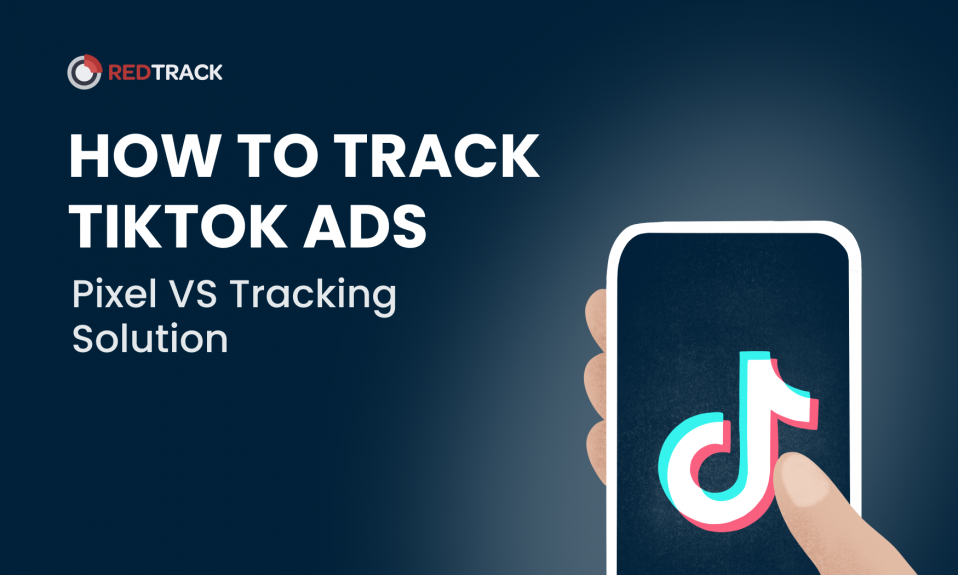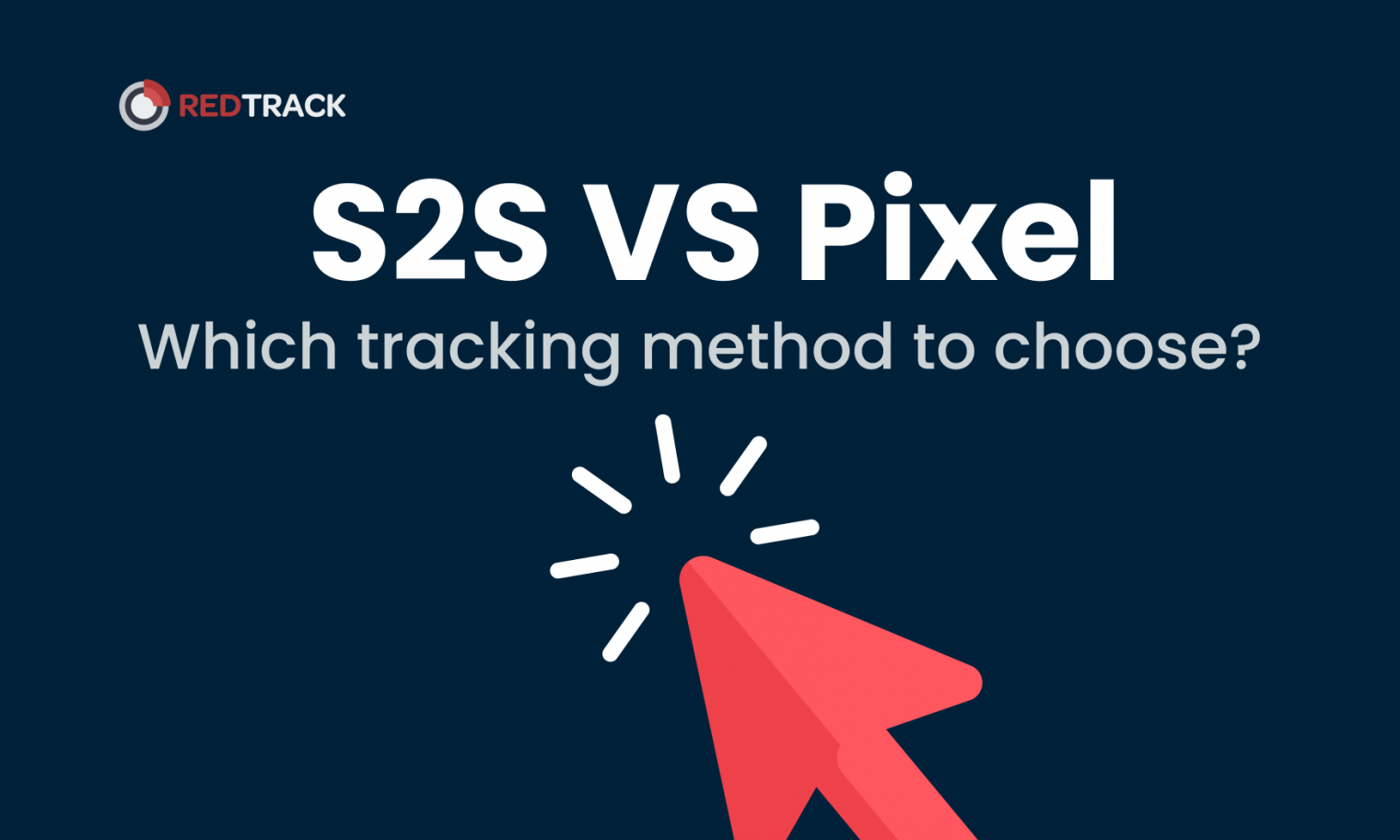
Check our 2-minute video to explore 5 reasons users choose RedTrack as their ad tracking & attribution partner.
Advertising networks serve as the backbone of digital advertising, connecting advertisers with relevant publishers to display their ads effectively. This glossary is designed to provide a clear, concise overview of advertising networks, tailored specifically for marketers. It covers key concepts, types, benefits, challenges, and future trends in ad networks, using industry-specific terminology for ease of understanding. Whether you're new to digital marketing or a seasoned professional, this guide aims to enhance your knowledge and proficiency in utilizing advertising networks for optimal campaign performance.
There are several types of ad networks, each catering to specific needs in the digital advertising ecosystem.
Vertical Networks: Focus on specific industry sectors, offering niche targeting for advertisers.
Premium Networks: Provide high-quality ad spaces on renowned websites, ideal for brands seeking prestige and visibility.
Blind Networks: Offer large volumes of ad spaces at lower prices but with less transparency regarding placement.
Targeted Networks: Specialize in demographic or behavioral targeting, utilizing data to reach specific audiences.
Mobile Networks: Tailor specifically to mobile platforms, optimizing ads for smartphone and tablet users.
Understanding these types enables marketers to choose the most suitable network for their campaign objectives.
Ad Server: The core technology that stores ad content and delivers it to consumers.
Ad Exchange: A digital marketplace enabling the buying and selling of ad spaces, often in real-time.
Data Management Platforms (DMPs): Systems that collect and analyze vast amounts of user data for targeted advertising.
Supply-Side Platforms (SSPs): Tools for publishers to manage and sell ad inventory, often in real-time auctions.
Demand-Side Platforms (DSPs): Platforms that allow advertisers to automate the purchasing of digital ad inventory.
These components work in unison to streamline the ad delivery process, ensuring efficiency and relevance in advertising campaigns.
Ad networks offer several advantages:
Reach: Access to a wide range of publishers expands an advertiser’s reach.
Efficiency: Streamlines the ad buying process, saving time and resources.
Targeting: Advanced targeting capabilities ensure ads reach the right audience.
Cost-Effectiveness: Options for various budgets, including cost-per-click (CPC) and cost-per-impression (CPM) models.
Analytics: Detailed reporting and analytics aid in measuring campaign performance and ROI.
For marketers, these benefits translate to more effective and measurable advertising campaigns.
While ad networks offer significant advantages, there are challenges:
Ad Quality and Relevance: Ensuring the quality and relevance of ads to maintain user experience.
Fraud: The risk of fraudulent activities, such as fake clicks and impressions.
Transparency: Some networks lack transparency in where ads are placed and how data is used.
Ad Blockers: The increasing use of ad blockers by users, impacting ad delivery and visibility.
Regulatory Compliance: Navigating complex digital advertising regulations, like GDPR.
Marketers must weigh these considerations against their campaign objectives and choose networks that align with their ethical standards and campaign goals.
The future of ad networks is shaped by evolving technology and changing consumer behavior.
Trends include:
Increased Personalization: Leveraging AI and machine learning for more personalized ad experiences.
Programmatic Advertising: Further automation in ad buying, making it more efficient and data-driven.
Privacy-Focused Advertising: Balancing targeted advertising with user privacy in light of stricter data regulations.
Cross-Platform Integration: Seamless ad experiences across devices and platforms.
Emerging Formats: Innovations in ad formats, like augmented reality (AR) and interactive ads, enhancing user engagement.
Staying abreast of these trends is crucial for marketers to leverage ad networks effectively in their future campaigns.

Check our 2-minute video to explore 5 reasons users choose RedTrack as their ad tracking & attribution partner.

Join our Facebook group to participate in the discussions, share your insights with like-minded people, and ask for support if needed.

Find out how Financer.com optimized the conversion rates of both organic and paid traffic by 60% with RedTrack.